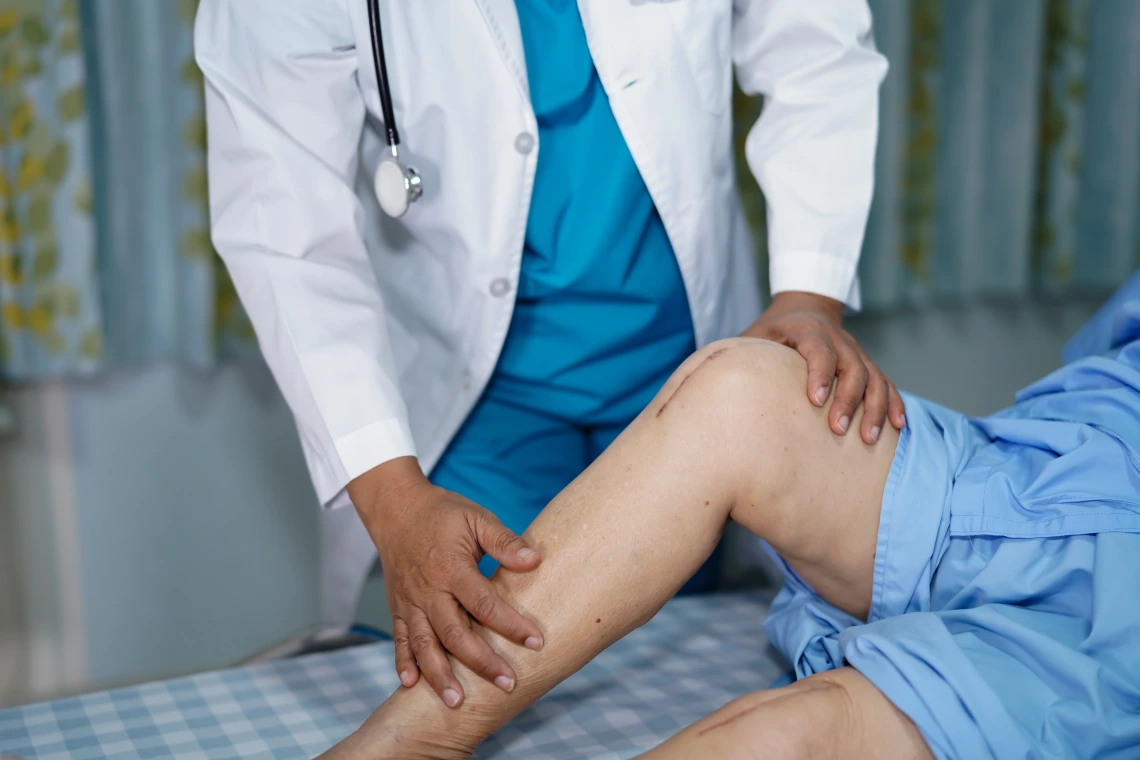Individuals who have had a total knee replacement have a significantly higher fall risk compared to that of healthy, community-dwelling older adults.
The increased fall risk has a significant negative impact on the quality of life of the individual and places a significant burden on the health care system.
The goal of this project is to understand predictors of fall risk in patients after knee replacements, determine which tests are clinically accessible and best at predicting outcomes, and develop potential interventions to decrease fall risk in patients post-op.


A Life-Changing Procedure
Total knee replacement is a way alleviate knee pain, most often due to osteoarthritis or inflammatory arthritis. Infections and knee injuries can also create chronic pain for which total knee replacement may be a solution.
For many patients with chronic knee pain, simple, everyday movements like walking or getting into or out of a chair causes intense pain. People with severe joint damage often experience knee pain even when at rest.
For these reasons, total knee replacement can be a life-changing surgery. After less than a week of hospital recovery, patients can gradually return pain-free to low-impact activities of daily life, fully recovering within one or two months.
Increased Fall Risk
While knee replacement restores mobility and function for the vast majority of patients, it also increases risk for falls. Some studies indicate that roughly 15 – 40% of patients fall at least once in the 12 months following a knee replacement, with risks highest among older adults.
Falls can lead to injury, of course, harming individuals and adding burden to the health care system. But even the increased risk of fall can have a significant negative impact on the quality of life, with people abstaining from activities out of fear of falling and thereby not fully realizing the benefits that total knee replacement would otherwise offer.
Our goal in this line of research is to address all of these issues. By better understanding who is most at risk for falls after knee replacement, care providers can better prioritize investments in existing interventions, and researchers can develop more effective interventions going forward.

